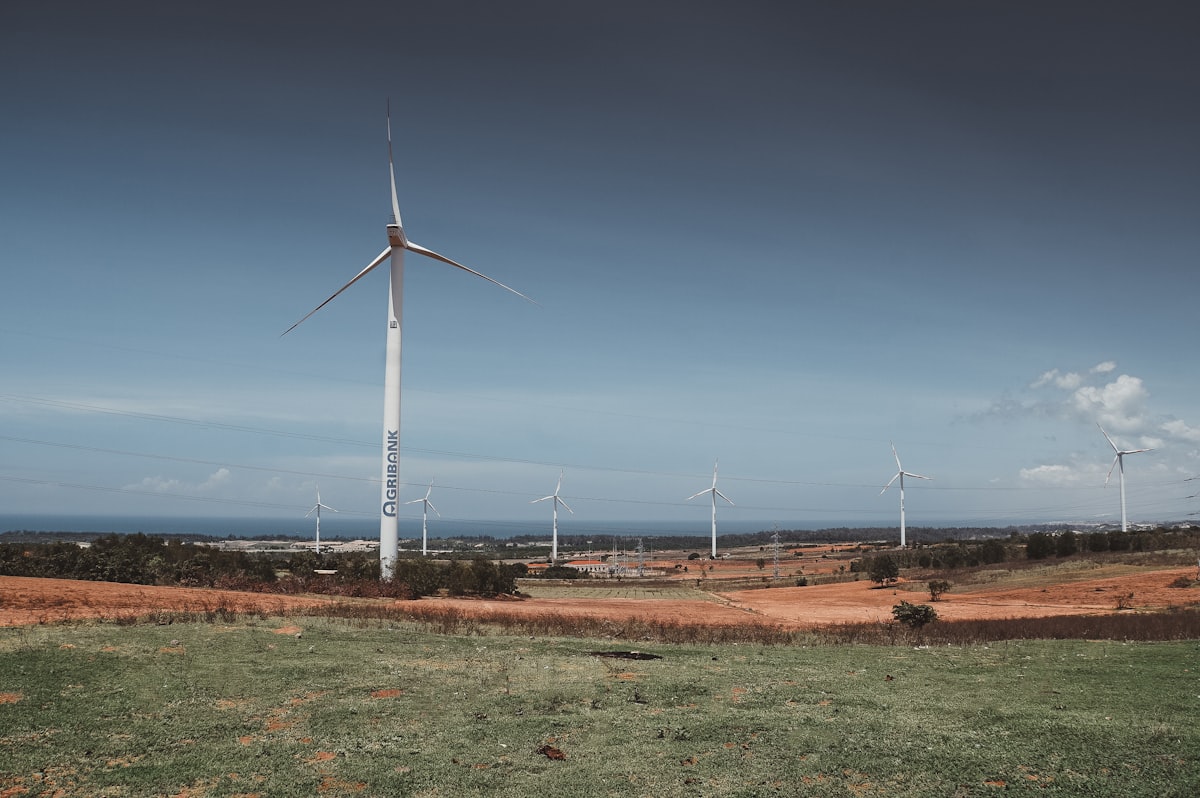Introduction
In the quest for cleaner and more sustainable energy sources, wind power plants have emerged as a prominent player in the global energy landscape. Harnessing the power of the wind, these structures are not only environmentally friendly but also efficient in generating electricity. In this detailed report, we’ll delve deep into the world of wind power plants, covering every aspect from construction to operation, benefits to environmental impact. Join us as we unveil the fascinating world of wind energy.
The Basics of Wind Power
Wind Power Plant Detail Report
Wind power plants are sophisticated structures designed to capture the kinetic energy of the wind and convert it into electricity. These plants consist of several key components, each playing a crucial role in the energy generation process.
Wind Turbines: Capturing the Wind’s Energy
At the heart of every wind power plant are the wind turbines. These towering structures are equipped with large blades that rotate when the wind blows. This rotation drives a generator, producing electrical power.
Tower and Foundation: Stability Matters
To support the wind turbine, a sturdy tower is essential. The tower’s height is crucial, as it determines how much wind the turbine can capture. A solid foundation ensures stability.
Control System: Maximizing Efficiency
Modern wind turbines are equipped with advanced control systems that optimize blade pitch and rotor speed based on wind conditions. This maximizes energy production and minimizes wear and tear.
Building a Wind Power Plant
Planning and Location
Constructing a wind power plant begins with careful planning and site selection. Wind speed, topography, and proximity to electrical grids all play a role in choosing the ideal location.
Environmental Impact Assessment
Before construction, an environmental impact assessment is conducted to ensure minimal disruption to local ecosystems and wildlife. This step is vital for sustainable energy production.
Turbine Installation
Once the site is prepared, it’s time to install the wind turbines. These massive structures require precision engineering and skilled labor. Safety is paramount during this phase.
Grid Connection
After the turbines are in place, they are connected to the electrical grid. This allows the generated power to be distributed to homes and businesses.
The Advantages of Wind Power
Wind power plants offer numerous advantages that make them an attractive choice for clean energy production.
Renewable and Sustainable
The wind is an infinitely renewable resource. As long as the wind blows, energy can be generated. This makes wind power a sustainable option for the long term.
Environmentally Friendly
Wind power produces zero greenhouse gas emissions, making it one of the cleanest forms of energy generation. It significantly reduces our carbon footprint.
Economic Benefits
Wind power plants create jobs in construction, maintenance, and operation. Additionally, they often provide income to landowners hosting turbines.
Energy Independence
By harnessing the power of the wind, nations can reduce their reliance on fossil fuels and foreign energy sources, enhancing energy security.
Environmental Considerations
Wildlife Protection
Wind power plants must take precautions to protect local wildlife. This includes measures to prevent bird and bat collisions and minimize habitat disruption.
Noise and Aesthetics
The noise and visual impact of wind turbines are important considerations. Modern designs and careful placement help mitigate these concerns.
Decommissioning and Recycling
When a wind power plant reaches the end of its life cycle, proper decommissioning and recycling of materials are crucial to minimize environmental impact.
FAQs (Frequently Asked Questions)
How do wind turbines work?
Wind turbines work by capturing the kinetic energy of the wind with rotating blades. This energy is then converted into electricity through a generator.
What is the lifespan of a wind turbine?
The average lifespan of a wind turbine is around 20 to 25 years. However, with proper maintenance, they can often last longer.
Are wind power plants noisy?
Modern wind turbines are designed to be relatively quiet. The noise they produce is often comparable to background noise in rural areas.
Do wind turbines harm birds and bats?
Properly sited wind turbines have minimal impact on bird and bat populations. Research and design improvements continue to reduce this impact.
How much wind is needed to generate electricity?
Wind turbines typically start generating electricity at wind speeds of 7-9 miles per hour (12-15 kilometers per hour) and reach peak efficiency at around 30-35 mph (48-56 km/h).
Are wind power plants cost-effective?
Yes, wind power has become increasingly cost-effective over the years. The initial investment is offset by long-term savings in energy production.
Conclusion
Wind power plants have emerged as a powerful force in the transition to cleaner and more sustainable energy sources. With their ability to harness the natural energy of the wind, they offer numerous benefits, from reducing greenhouse gas emissions to creating jobs and enhancing energy security. As we move forward, it’s clear that wind power will continue to play a vital role in powering our world while preserving our planet.











